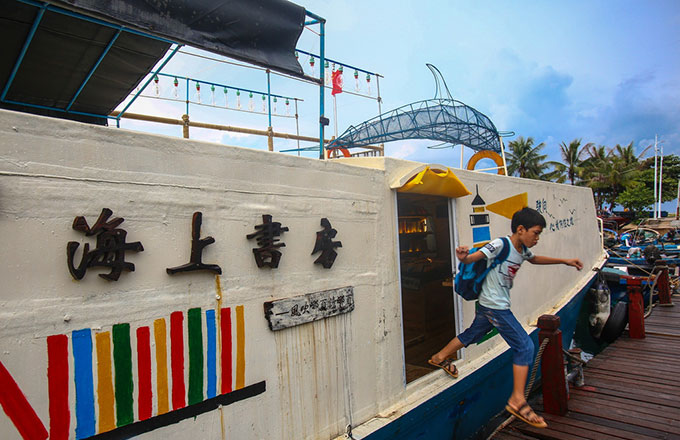Capital adopts tougher set of protocols to deal with air pollution
Construction will be suspended in Beijing during the winter heating season in an effort to improve the city's air quality, the Beijing Commission of Housing and Urban-Rural Development announced on Saturday.
Work at construction sites, including demolition and outdoor earthwork, which may generate dust, will be suspended from Nov 15 to March 15, the entire heating season.
The announcement of that ban follows the capital releasing its fifth emergency response protocols for air pollution on Friday, lowering the bar for manufacturing restrictions, amid other strict controls to tackle air pollution.
Compared with the previous four versions, released since 2012, the latest protocols reflect the trend toward tighter controls on polluters - for example, for the first time, some construction work, such as spraying and painting, will now be banned when the lowest level air pollution alert, blue, is issued. These are the first compulsory measures for blue alerts.
In Beijing and other Chinese cities, the air pollution emergency response system has four levels, from blue - the lowest - through yellow and orange to red. Each generates a set of responses, such as school suspensions and manufacturing and vehicle restrictions.
The revised protocols restrict production at some plants during yellow alerts to cut airborne pollutant emissions. Such restrictions previously began with orange alerts.
The emergency response system has been posted on the municipal government's website and took effect on Friday.
The criteria for red alerts have been reduced to a forecast of an average air quality index of 500 in a day. Previously, that level had to continue for at least one more day.
Red alerts generate the strictest controls. During the red alert issued in Beijing on Dec 16, which continued for five days, production was stopped at more than 700 plants and reduced at some 500 others. More than half the vehicles in the city were barred from the roads.
"The tough controls to cut emissions proved workable in lowering the peak of the pollution," said Chai Fahe, a researcher at the Chinese Research Academy of Environmental Sciences, adding that they cut the emissions by more than 30 percent.
The Ministry of Environmental Protection has required joint controls including coordinated emergency responses against air pollution in the Beijing-Tianjin-Hebei region in winter.
By the end of the year, the concentration of PM2.5 - particulate with a diameter of less than 2.5 microns - should be lowered to 60 micrograms per cubic meter, according to the city's Bureau of Environmental Protection.



























